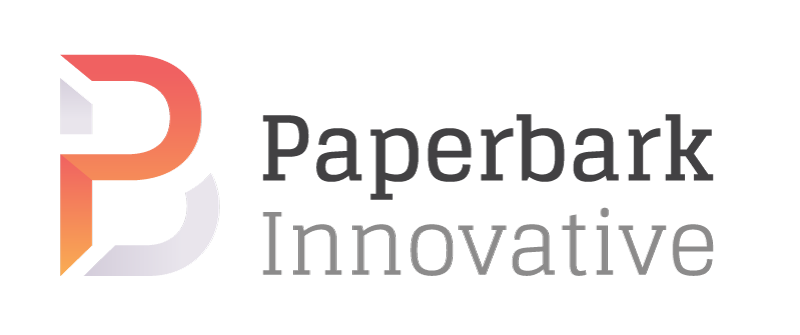WCAG and the Australian Government

What is WCAG?
WCAG stands for Web Content Accessibility Guidelines and is a guideline used in Australia. The version for a long
time was 2.0 (it was released in 2008). Recently the version has been lifted to 2.1 to incorporate device accessibility
regarding touch response etc.
The US abides by Section 508 and the UK by EN 301 549. Further Reading on UK and US standards:
- https://www.gov.uk/guidance/accessibility-requirements-for-public-sector-websites-and-apps
- https://www.section508.gov/
Why does the Australian government abide by it?
They abide by the WCAG because in federal government they are obliged to.
“Under the Disability Discrimination Act 1992, Australian Government agencies are required to ensure information and services are provided in a non-discriminatory accessible manner.”
REF: Australia.gov.au
Legislation Weblink: https://www.legislation.gov.au/Series/C2004A04426 (click on the latest version at the top right)
But they also have motivation to abide by it because of their desire to engage all audiences and also because it is a best practice strategy for digital design regarding:
- People with Disabilities
- Alternative Content for Convenience
People with disabilities
When we think of people with disabilities we often think of stereotypical imagery like people in wheelchairs and
those who are blind or deaf.
In reality many different shades disabilities exist and there are often people with impairments that we cannot see
or perhaps they aren’t permanent impairments.
For example:
- a person with a macular degenerative disease who has ‘good and bad days’
- a person with colour blindness of a certain type that is only affected by some colour combinations
- a person with hearing loss but not complete deafness
- person who is at risk of an injury and therefore impairment due to repetitive stress injury (RSI)
risk and is told to use alternative access methods to vary computer usage - a person that can see and hear fine but needs to use a specially designed mouse due to shaking on
some days (that would result in inaccurate mouse clicks)
For this reason the federal government rightly feels responsible in ensuring digital communications and
information are digitally accessible. This stance is linked to the discrimination act legislation.
Alternative content for convenience
Lots of learners the world over and at government departments have indicated the value of alternative content for convenience.
Examples are:
- Captions: those that have forgotten their headphones and cannot play audio and disturb others
- Transcript: those who have English as a 2nd language and want to copy and page transcripts into
Google Translate. Those that prefer a ‘reading’ learning style to a ‘watching’ one - Text to Voice: Convenience of listening to text when not able to view screen of mobile e.g. when driving
Exploring WCAG 2.1 for government
“WCAG 2.1 was released by the World Wide Web Consortium (W3C) — the international organisation that develops web standards — and includes 17 additional WCAG criteria.
The additional criteria address accessibility issues when using mobile technology, and ensures services are able to meet the needs of people with low vision and those with cognitive and learning disabilities. They also recognise specific areas of technology advancement and the needs of more diverse users. This includes users who don’t speak English as a first language.”
Read Further: https://www.dta.gov.au/blog/exploring-wcag-2-1-for-australian-government-services/
A common question asked is “do we need to abide by WCAG for external facing and internal facing digital
products?”
The answer can be found on finance.gov.au’s website:
“WCAG 2.0 is applicable to all online government information and services. Conformance is required on all government websites owned and/or operated by government under any domain. This includes external (public-facing or private) and internal (closed community) sites. That is, conformance is required for all internet, intranet and extranet sites.”
REF: https://www.finance.gov.au/publications/wcag-2-implementation/introduction.html
What is the Australian government doing about accessibility?
- You can read about CSIRO’s commitment here: https://www.csiro.au/en/About/Footer/
Accessibility - You can read about CSIRO’s accessibility plan which is ongoing here: https://www.csiro.au/en/About/Footer/Accessibility-plan
Digital accessibility vendors
Vendors exist to assist government agencies in meeting WCAG requirements. They provide multiple services that
could include making items accessible or auditing items that are meant to be accessible.
The Digital Marketplace is a great space for government procurement teams to find vendors skilled in accessibility and WCAG 2.1.
If you need advice regarding the way forward for your business unit in terms of WCAG and accessibility, or need accessible elearning modules developed for your organisation, contact Paperbark Innovative, we’d be happy to help.


